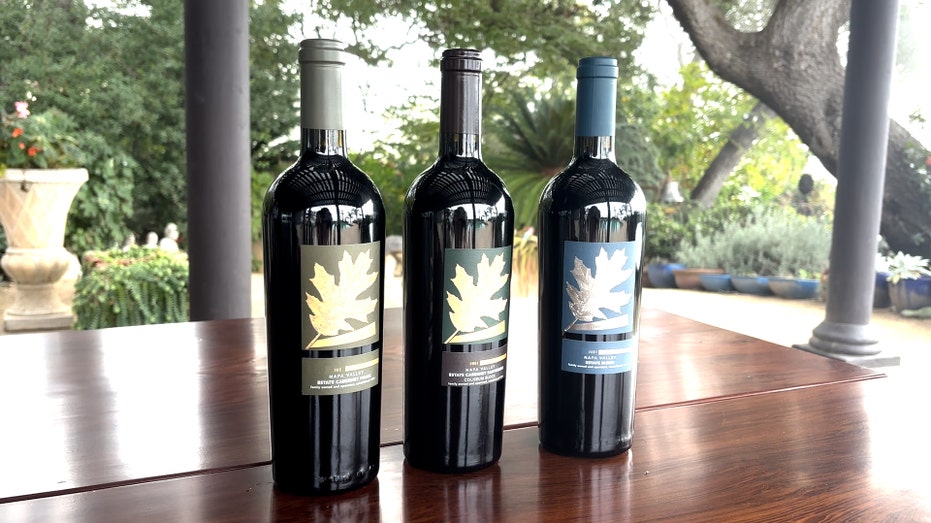A quiet crisis is unfolding within the American wine industry, one that extends far beyond the price of a bottle on the shelf. It’s a story of escalating costs, unpredictable trade policies, and a ripple effect impacting everyone from vineyard owners to wholesalers and, ultimately, the consumer.
The initial blow came with tariffs on imported wines, but the damage is far more insidious. These tariffs aren’t isolated incidents; they’re woven into the very fabric of wine production, impacting essential components like glass bottles, aluminum cans, labels, and even the adhesive used to secure packaging.
Wholesalers, the crucial link between producers and retailers, are caught in a tightening vise. Increased costs for inventory storage are unavoidable, forcing them to either pass those expenses onto retailers or absorb them, a strategy that quickly becomes unsustainable.
The uncertainty surrounding tariff announcements only exacerbates the problem. Fluctuating rates, threatened then delayed, make long-term planning nearly impossible when shipments take weeks to arrive. This constant instability throws the entire supply chain into disarray.
For months, many companies have absorbed these rising costs, shielding consumers from the full impact. However, industry experts predict that this buffer is rapidly disappearing, and price increases are inevitable, likely becoming noticeable around the holiday season and into the new year.
The impact isn’t limited to imported wines. American producers are also feeling the pinch, as many vital winemaking materials – French oak barrels, specialized glass, and high-quality corks – are sourced from overseas. These essential components are subject to the same tariffs, creating headwinds for the entire industry.
Lucia Hossfeld, co-owner of a family vineyard, describes a cascade of rising costs affecting every stage of the winemaking process, from barrel acquisition to labeling and distribution. Finding suitable domestic alternatives is often difficult, and sometimes, imported materials are simply essential for producing the desired quality of wine.
Over the past year and a half, operational expenses have surged by approximately 20%, driven by both inflation and labor costs. The recently implemented tariffs have only amplified these financial pressures, forcing businesses to seek creative solutions to maintain stability.
Some suppliers are offering concessions, splitting the cost increases with their partners, but this is a temporary fix. The wholesale industry, operating on notoriously thin margins, recognizes that absorbing these costs indefinitely is not a viable long-term strategy.
The consensus among industry insiders is grim: real price increases are on the horizon. As the year draws to a close, consumers will likely begin to feel the direct impact of these tariffs, a subtle but significant shift in the cost of enjoying a glass of wine.






